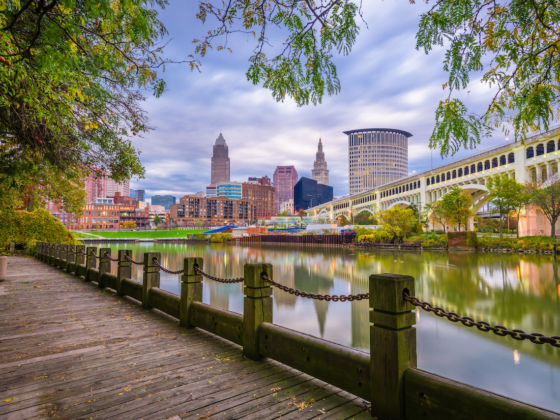2014 HAS BEEN A YEAR where Cleveland saw pockets of progress in a historically overlooked and crapped upon region. It was a year of cycling, LeBron James, Republicans, gay athletes, and an oversized lighting fixture. Some say it was the year Cleveland came back from the dead. Huzzah! We did it!
Setting a plan for 70 miles of bike lanes by the end of 2017
Cyclists have been the Rodney Dangerfields of the road in Cleveland. The work of some guerilla bike lane painters finally forced the city to stop dragging its feet and show results. 2014 had a promising start for two-wheeled travelers when the city announced plans to add 70 miles of bikeways by 2017, 45 of which would come over the next two years. Should everything go according to plan, this car town could look (and smell) completely different, with a 200 mile network by 2018.
